Basic knowledge of astronomical phenomena
We all know that as inhabitants of the Earth, we are part of the cosmos, and more specifically the solar system. We live on one of the 8 planets orbiting the Sun, the Earth’s movement around the Sun’s orbit results in changes in the seasons, and the Earth’s rotation around its axis determines the cycle of day and night. Rather, it is knowledge that is not forgotten.
How to identify what we actually see in the sky? What is the difference between a “shooting star” and a comet? How often does an eclipse occur and what does it actually consist of? Is Pluto or is it not a planet? What are galaxies? How many are there?

Falling stars
The phenomena we refer to as shooting stars are meteors, or small fragments of rocky matter (detached from a larger whole – a meteoroid). As they travel through space, they most often burn up in Earth’s atmosphere. Their remnants, which can sometimes be found on Earth, are meteorites. “Falling stars” reach our planet at speeds ranging from 10 to more than 70 kilometers per second.
Comets
Comets, on the other hand, are combinations of ices (mainly solidified water) and carbon monoxide and dioxide. The passage of a comet near the Sun causes its surface to heat up. The result is the release of gases and dust. They form – so characteristic of comets – a “braid”. The “head” of the comet, on the other hand, consists of the nucleus and the so-called “head”. coma, which is a dust-gas atmosphere with a spherical shape. The size of the head can reach many hundreds of thousands of kilometers.
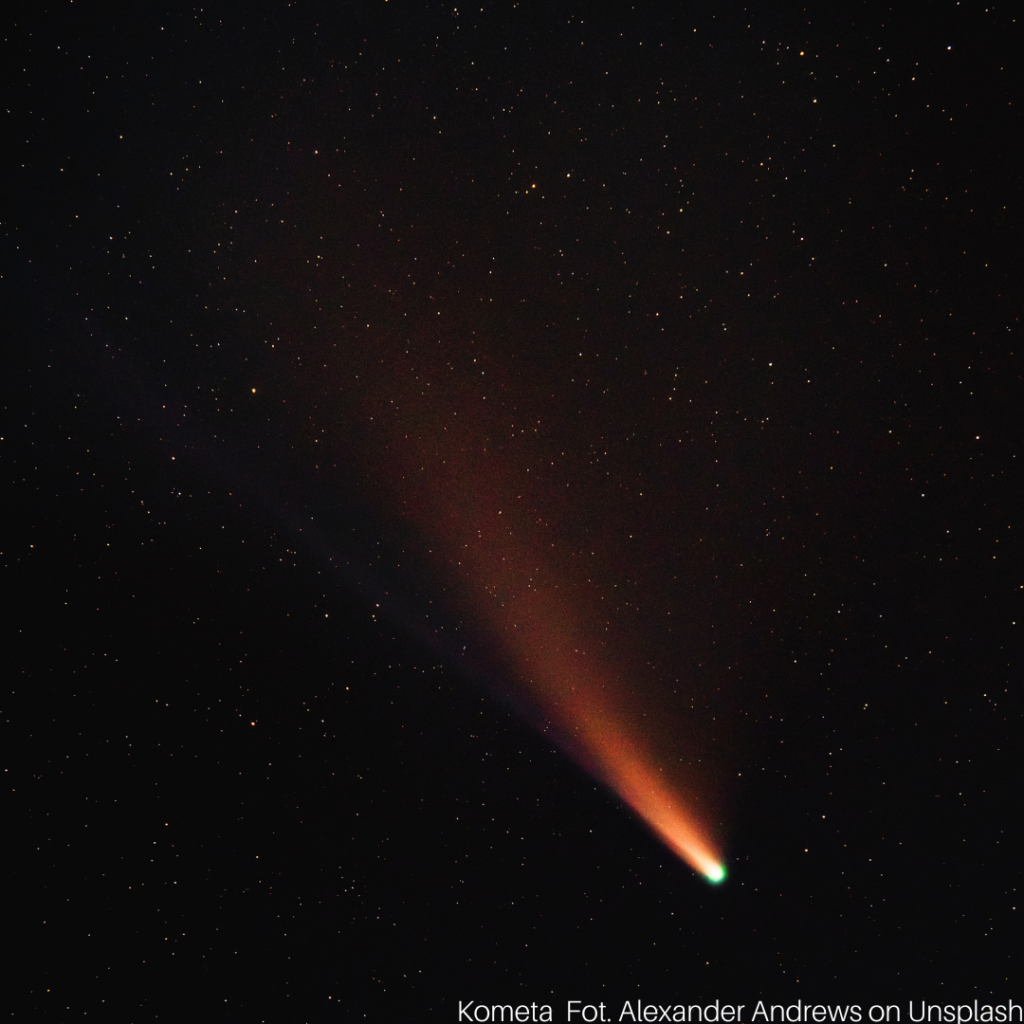
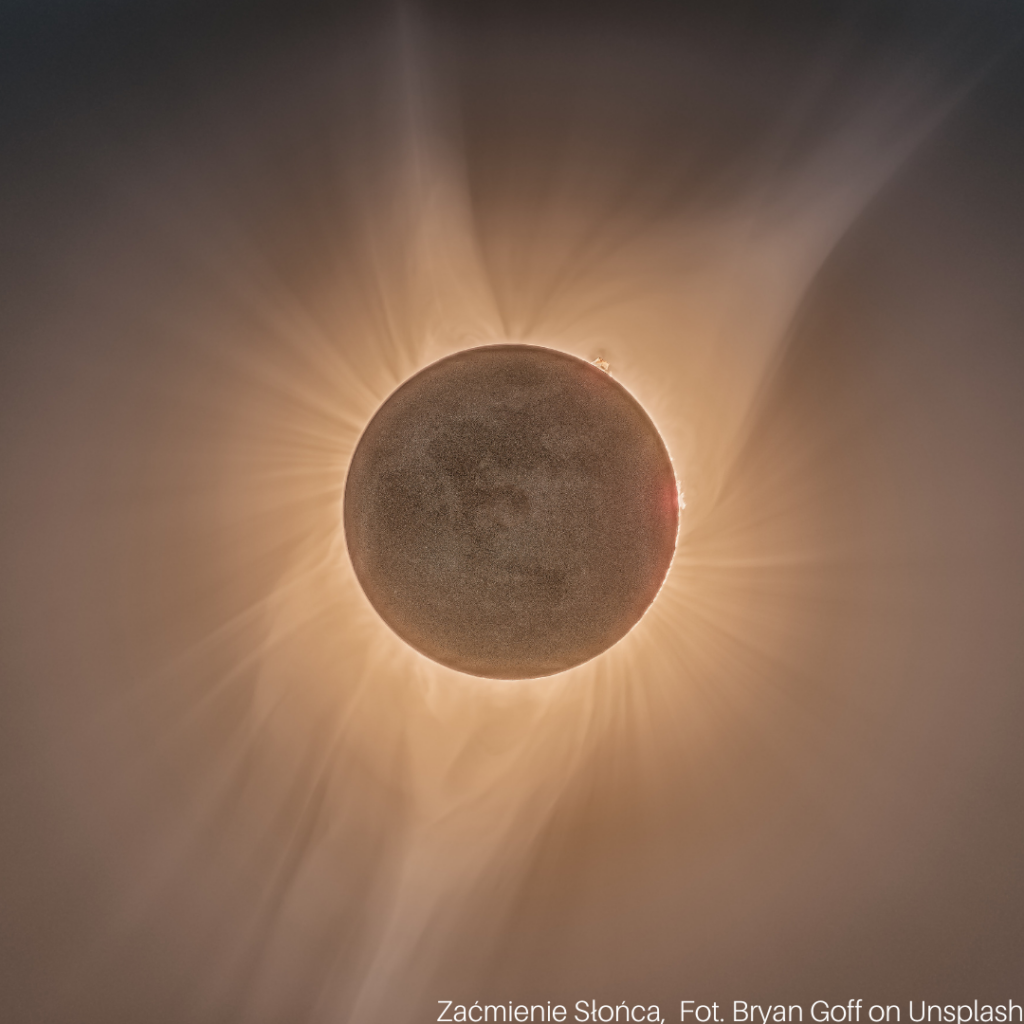
Solar eclipse
How often can we observe a solar eclipse? In theory – quite often. It takes place 2-5 times a year. Then the Sun’s disc is covered by the Moon’s disc. How is this possible? For an earthly observer and from his perspective (much smaller in reality), the Moon’s disc and the Sun’s disc are almost equal. However – observation of a solar eclipse is never possible simultaneously from the entire surface of the globe. The maximum area where the total eclipse can be seen is a circle 270 kilometers in diameter. Under the most favorable observational conditions, the eclipse lasts only a few minutes. In a given specific place on Earth, an eclipse can be observed once every hundred years.
Platoon
Some of you will no doubt remember that during the study of planets in school Pluto was included among them. Later, in 2006, news circulated the world that the International Astronomical Union had stripped him of this status (attributed to him since 1930). Today, researchers often refer to it as a dwarf planet. This is because the current criteria for classifying planets are highly inaccurate… It is possible that soon other celestial bodies in addition to Pluto will be added to the permanent set of 8 known planets… However, this is not certain.
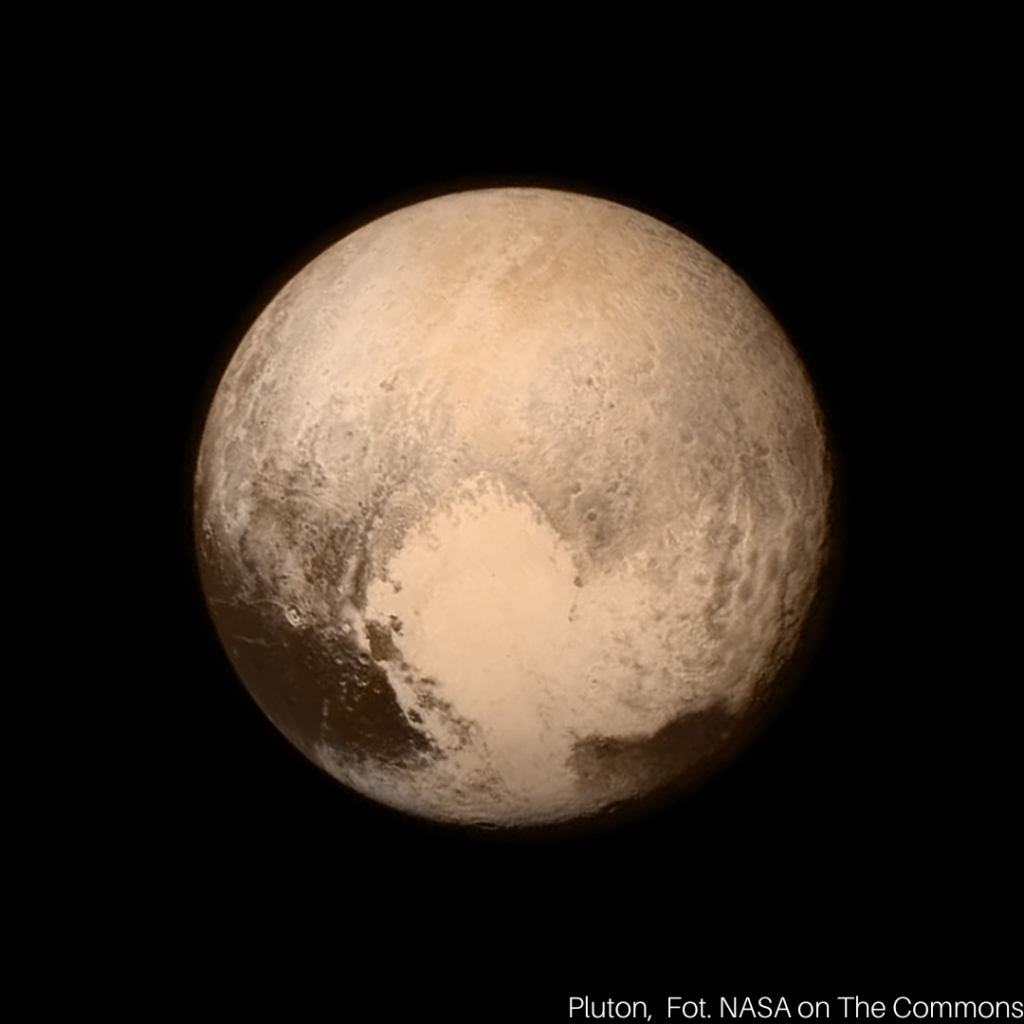
Why the inaccuracies and question marks? Probably because the cosmos is vast and full of mysteries that will take us many, many more years to learn about, if at all possible. In the visible universe there are, according to estimates, 350 billion galaxies and three and a half trillion dwarf galaxies. Our galaxy alone has between 200 and 300 billion stars… Nevertheless, we are convinced that it is worth trying to understand our location in extraterrestrial space.
How about… A career in space?
As children, did you happen to dream of flying into space? To float lightly in the air and watch the Earth as small as a blue blob suspended in starry space? If so, we must unfortunately disappoint you – it is not that easy, if only because astronaut recruitment by space agencies is very rare. It was only last year that the European Space Agency’s first recruitment of astronauts in 11 years took place. Interestingly, also in 2021, NASA was looking for male and female candidates to participate in a simulation of life on a distant planet. Currently, however, both recruitments have already been completed….
Expectations for astronauts
For life in space, as for the conditions of any job requiring physical strength, one must prepare properly. What conditions must be met to become an astronaut/astronaut? Requirements vary by space agency, but some are standard.
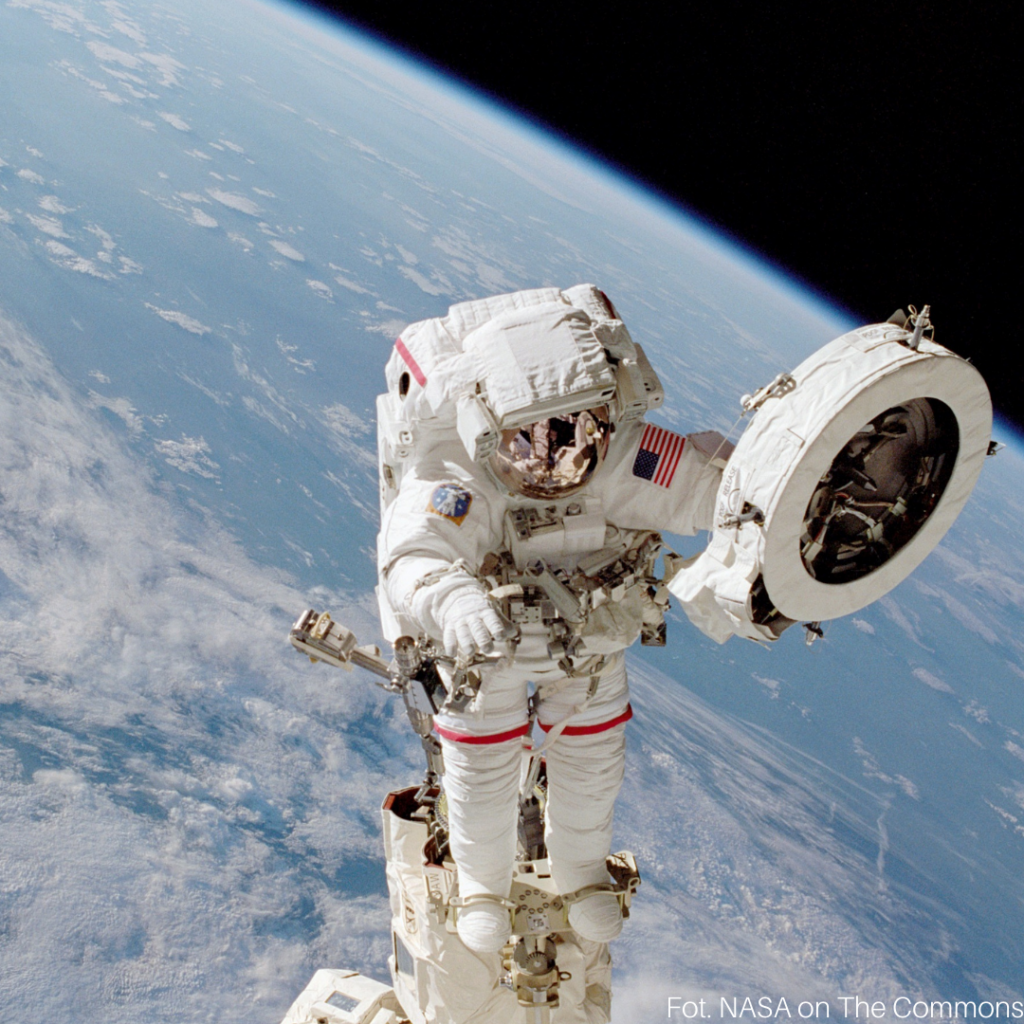
Essential requirements include:
– Higher education (technical or science);
– A minimum of several years of professional practice;
– excellent physical condition (future astronauts face months of intensive training and fitness tests, during which candidates are exposed to heavy physical stress);
– The right psychological profile: the ability to establish good relationships with people, adaptability, stress management and teamwork skills, self-control and a balanced temperament;
– Previous experience in operating air vehicles is a plus.
According to European Space Agency guidelines, an astronaut/astronaut can become a person who meets the following physical criteria:
height: 150-190 cm;
measure in sitting position: 80-99 cm;
Weight: from 50 to 95 kg;
Age – up to 50 years old.
Women astronauts
Okay, official requirements – official requirements, but how about gender parity among astronauts? In 1963, the first woman flew into space – she was a Russian, Valentina Tereshkova. Despite the passage of years, statistics still show a significant male advantage. Today, women account for only about 15% of all humans who have explored space so far. Fortunately, recent missions offer hope that this condition will slowly change.
Would you like to be in space? Are you ready/ready for it?
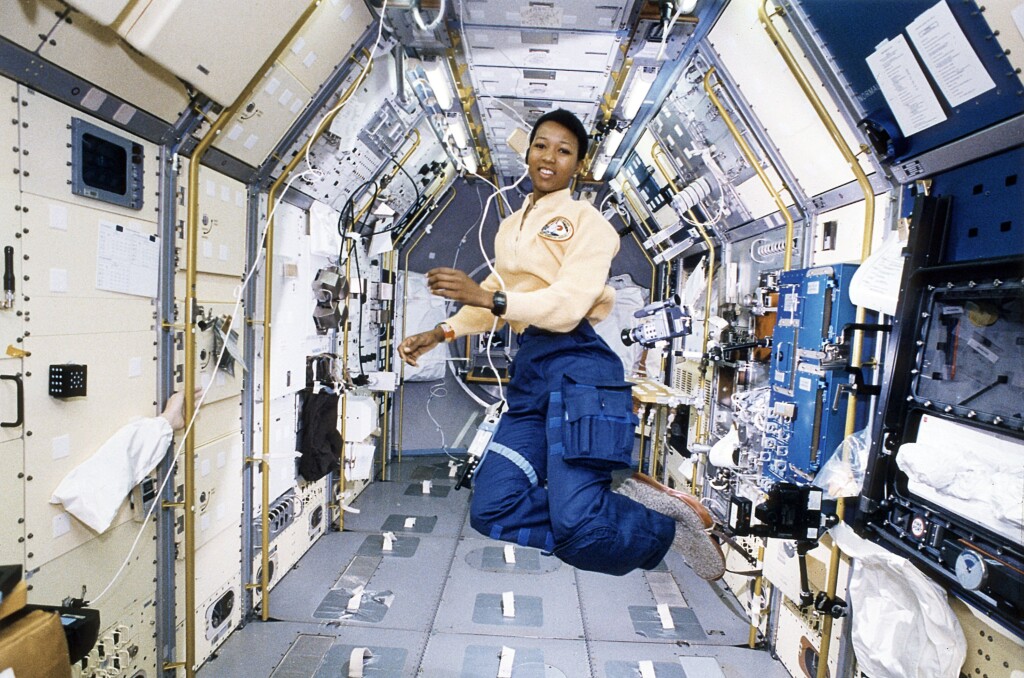

Let’s Move Together “Into Space”
Finally, we invite you to listen to the podcast “Into space”: From stargazing amateur to astronomy professional, Monika Sitek of the UW Astronomical Observatory talks about observing the sky with Patrycjusz Wyżga.
The starry sky fascinates people. Whether the sight of the vastness of the stars makes us fearful or curious, it is worth knowing how and with what tools to observe and capture them most effectively? How to quickly become an (almost) professional astronomer?
You can listen to the podcast at:
YouTube: https://youtu.be/z0vFiu4_KZ4
Spotify: http://bityl.pl/4VuCw
www: https://cwid.uw.edu.pl/podcasty/w-kosmos/
Photo. NASA on The Commons
Bibliography:
https://www.nasa.gov/content/june-10-2021-eclipse
https://www.nasa.gov/topics/solarsystem/features/neo20100407.html
https://www.sciencenewsforstudents.org/article/pluto-dwarf-planet-definition-iau-astronomy
https://spaceplace.nasa.gov/galaxy/en/
https://www.esa.int/About_Us/Careers_at_ESA/ESA_Astronaut_Selection/Astronaut_selection_2021-22_FAQs
https://www.esa.int/esapub/br/br271/br271.pdf
https://www.nasa.gov/feature/nasa-is-recruiting-for-yearlong-simulated-mars-mission/
#expertsUW #uw #science #cwiduw #seekingknowledge #CWiDUW #wkosmos #scienceisfaraway #ExpertsUW

